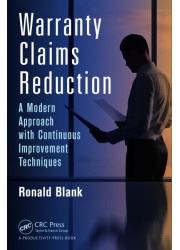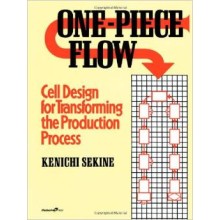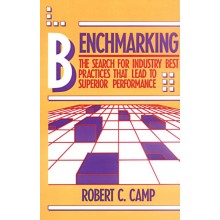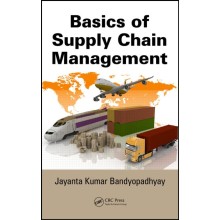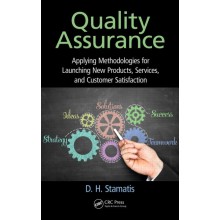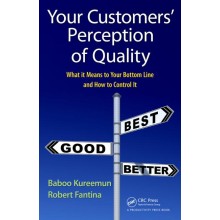Warranty Claims Reduction: A Modern Approach with Continuous Improvement Techniques
Quantity:
-
Add to Compare
Features
- Takes a more comprehensive scope than most other books on warranties
- Emphasizes improving efficiency and productivity in addition to cost reduction
- Written in plain language without mathematics or accounting terminology
- Details methods that are compatible with ISO 9001 systems
- Presents concepts that are applicable to all industries and retail markets
Summary
Reduced market share, lack of repeat customers, and added costs are just a few ways warranty claims can hurt an organization. Avoiding complex mathematics or accounting terminology, Warranty Claims Reduction: A Modern Approach with Continuous Improvement Techniques explains how to boost profits through the reduction of warranty expenses in your organization.
Outlining a multifunctional approach for reducing claims, the book begins by summarizing the traditional and most common strategies for warranty cost reduction. Next, it explains how you can reduce warranty costs even further by taking a more complete approach. The comprehensive approach described arms you with less conventional, yet powerful, approaches for reducing warranty costs such as improving warranty processing productivity, clarifying installation and usage instructions, and streamlining supply chain management.
The book emphasizes the improvement of efficiencies and productivity in addition to cost reductions. It outlines methods that can help you reduce warranty costs, improve processing activity, reduce wasted time, and improve training of OEM and warranty service personnel. It also describes methods for providing feedback to those in the engineering, manufacturing, and quality control departments.
The text details methods that are fully compatible with ISO 9001 systems and its sector-specific variations, like AS 9100 and TS 16949. Covering concepts that are applicable across all industries and retail markets, it is an ideal reference for anyone involved in the management of warranty claims processing.
The multifaceted approach described in the book will help you broaden your view on how warranty costs can be controlled—allowing you to achieve more cost reductions than are possible through conventional thinking.
Table of Contents
Warranty Claims
Understanding the Real Warranty Costs
Traditional Methods of Reducing Warranty Cost
Automated Claims Approval, Tracking, and Paperwork
Improving Outgoing Quality
Improving Reliability
Preservation and Packaging Improvement
Principles of the Modern Approach
Other Warranty Reduction Actions
Supplier Cost Recovery
On-Site Claims Processing
Rotating Product Exchange
Customer Training
Other Warranty Reduction Actions
Record Keeping
Warranty System Productivity Improvement
Streamlining Service Operations
Communications and Paperwork
Process Flow
Ergonomics and the Warranty Service Area Layout
Material Handling and Flow
Tool and Equipment Availability
Improving the Service Department Itself
Optimizing Mobile Service Activities
Replacement Parts Availability
Diagnostic and Repair Equipment Calibration
Suitability of Diagnostic and Repair Equipment
Inspecting and Testing
Warranty Cost Reduction Training for Employees and Customers
Reducing Warranty Claims by Quality Improvement
Continuous Improvement
Feedback to the Quality Department
Data Collection and Analysis
Improving Defect Detection
Improving Supplier Quality
Feedback to Manufacturing
Sources of Feedback
Feedback about Defects
PFMEA
Supply Chain Management
Feedback from Audits
Other Feedback
Reducing Warranty Claims by Reliability Improvement
Reliability Measurement
Failures in Time
Reliability Improvement
Reliability Program Planning
Determining Causes for Developing Corrective Actions
Determining Defect Root Causes
Common Quality Methods for General Use
Other Tools for Determining Root Cause
Difficulties and Errors in Determining Root Causes
Developing Corrective and Preventive Actions
8-D Method
The DMAIC Process
Feedback to Engineering
FMEA
Design Verification and Validation
Designing for Reliability
Kansei Engineering
Planning and Implementing Your Improvements
Change Management
Implementing Corrective and Preventive Actions
Appendix A: Warranty Cost Tracking Chart
Appendix B: Gauge R&R FORMS
Appendix C: Worksheets for Determining Root Cause
Index
Write a review
Your Name:Your Review: Note: HTML is not translated!
Rating: Bad Good
Enter the code in the box below:
Copyright © 2014 Engineering Standards Bureau. All Rights Reserved.
Developed By Zoom Into Web


